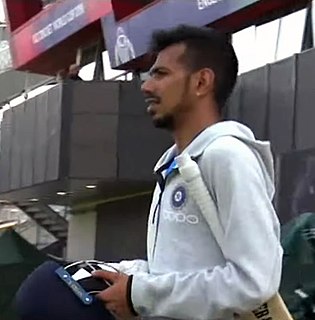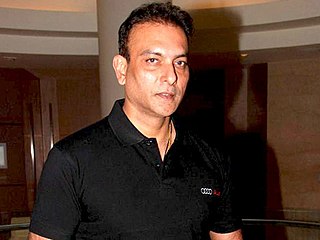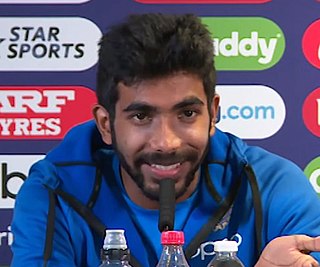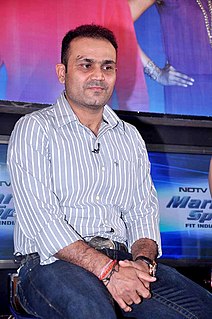A Quote by K. L. Rahul
With the new ball, against any bowler, it's important to see off the first few overs.
Related Quotes
You so often see bowlers pick out a lovely new ball from the bag at nets and it looks great when it swings in the air and nips off the seam with batsmen playing and missing. But you have to simulate match situations. What about when the ball is 60 overs old, the sun is blazing down, the pitch is flat and there's not a hint of movement?
You have to take the long view. First, when Moses came down from Mt. Sinai, man has already progressed to the point where a commandment against cannibalism was no longer necessary. And, second, it's like pissing on a boulder. For the first few thousand years, you don't see any effect. But after that, you start to see a definite impact.


































